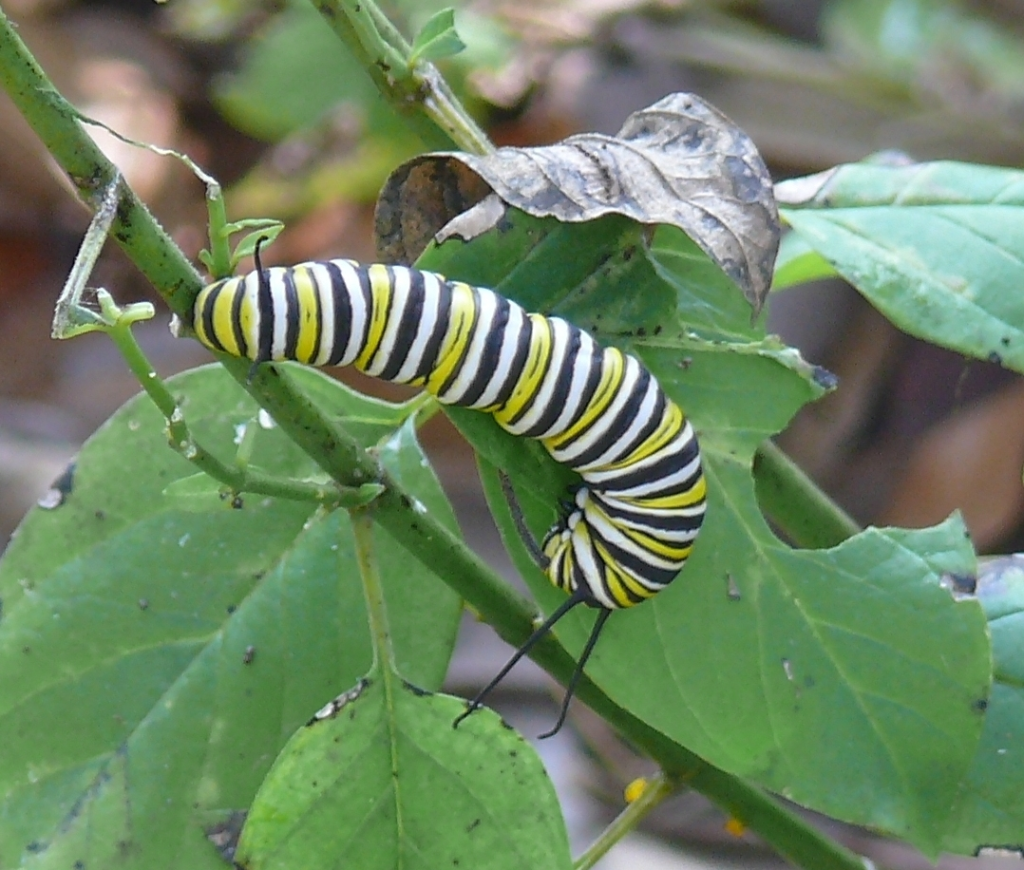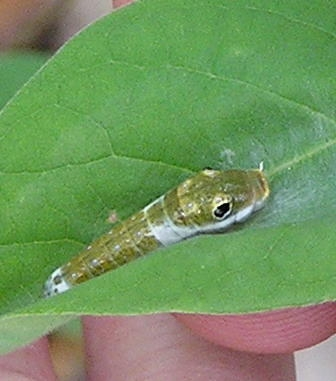Douglas W. Tallamy wrote a whole book on what this column has mentioned too briefly and too few times; namely, that growing native plants in your garden concerns a lot more than conserving water. Of course helping sustain Hill Country aquifers is indeed ample justification for us to “grow native,” but native plants in the garden also are helping sustain nature in a time when the wild is disappearing.
Tallamy’s book is “Bringing Nature Home? How You Can Sustain Wildlife with Native Plants.” This 2009 paperback edition is an updated and expanded version of his 2007 first edition. To make his points about biodiversity, alien species, and balanced ecosystems, Tallamy focuses on insects.

He writes, insects are “the most important herbivores in our suburban ecosystem in terms of passing energy from plants to other animals.” Bugs in native-plant gardens are helping to sustain the ecosystem by supporting a diverse and balanced food web. The same cannot be said about yards landscaped with predominantly exotic plants.
Native insects prefer native plants, because alien plants do not support growth and reproduction of many of our native insects. Imported plants commonly are introduced specifically because they tend to be “pest free.” The invasion of such exotic species into many parts of the country has drastically reduced native insect populations, inevitably leading to seriously imbalanced ecosystems.
Many gardeners prefer “sterile” gardens, free of anything that eats plants. Those gardens do not function as a “dynamic community of interacting organisms, all working smoothly to perpetuate their interactions.” Tallamy believes that a plant that has fed nothing has not done its job in helping sustain a balanced community.
In general, people seem to have a bad opinion of insects. According to Tallamy, only one percent of insects interact with humans in a negative way. The rest are worth billions of dollars to man, because they pollinate plants, enrich and aerate the soil, keep populations of insect herbivores in check, and provide food directly or indirectly to most other animals.

The one insect that many people do seem to favor is the butterfly. To have butterflies in our environment, it is necessary to make butterflies. Many different flowering plants, both native and alien can provide nectar, but only certain plants provide larval food to perpetuate the species. This means that butterfly species depend on the certain native plants which their larvae have evolved to eat.
For example, our giant swallowtail lays its eggs on members of the citrus (rue) family. In the Boerne area, wafer ash ((Ptelea trifoliate) and tickle tongue (Zanthoxylum hirsutum) are the host plants for giant swallowtail larvae. These are local native plants easily incorporated into a Hill Country native-plant garden.
Another local example is the spicebush swallowtail, which needs the spicebush (Lindera benzoin) to feed its larvae. Spicebush is another good-looking shrub that can be used to advantage in a home landscape.
After arguing his points about the importance of biodiversity and the dangers of alien vegetation, Tallamy presents chapters on garden design and on trees and shrubs that promote insect diversity. He then describes the characteristics and habits of a number of insects that are prime bird food.
Appendices in the back of this book list information on “native plants with wildlife value and desirable landscaping attributes by region,” “host plants of butterflies and showy moths,” and experimental evidence on the much greater biomass produced by insects feeding on natives compared to those feeding on exotic plants.
The common theme of the various points made in Tallamy’s book is that humans have disrupted the natural habitats in so many ways and in so many places that the future of our nation’s biodiversity is dim unless we share our cities and suburbs with the plants and animals that evolved there. “Because life is fueled by the energy captured from the sun by plants, it will be the plants that we use in our gardens that determine what nature will be like in 10, 20, and 50 years from now.”


